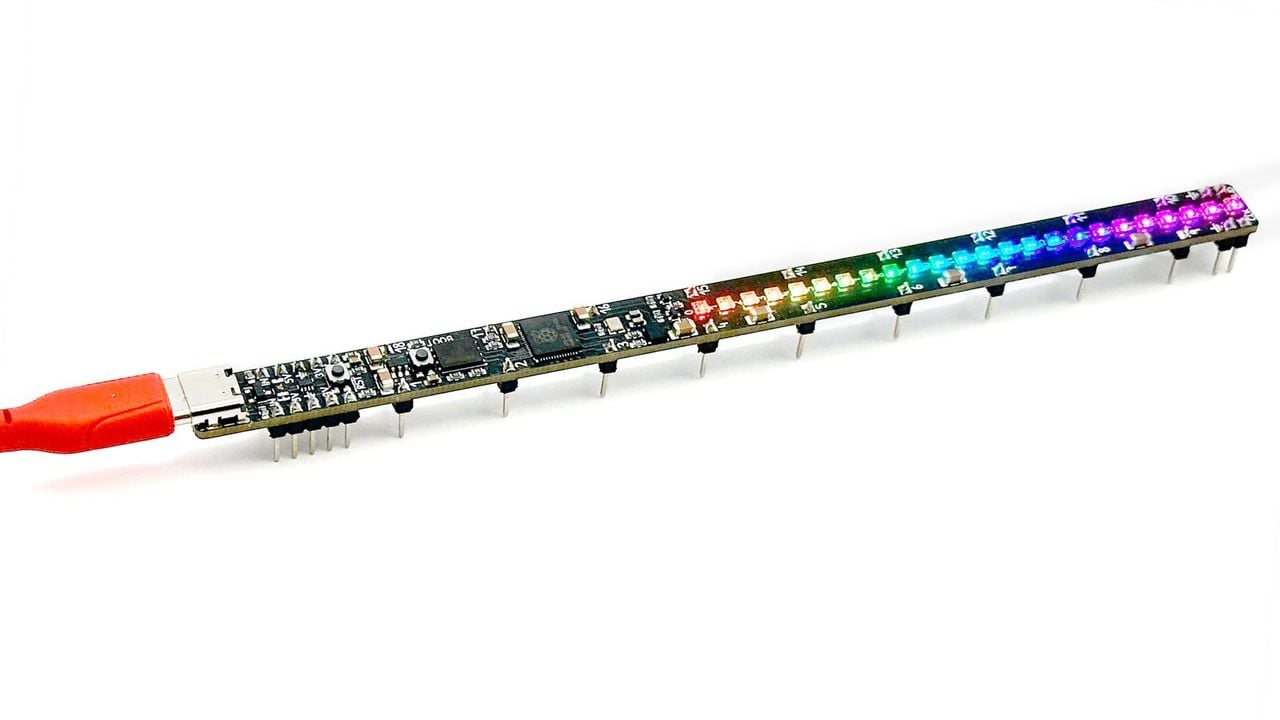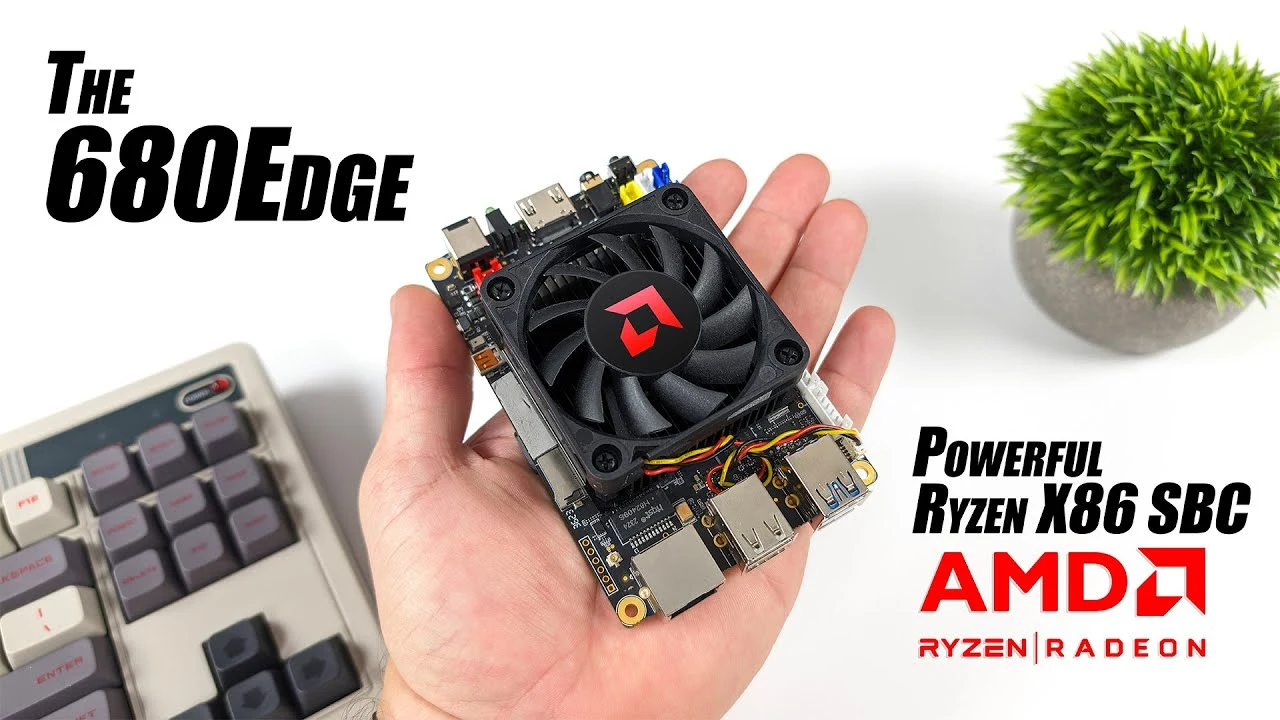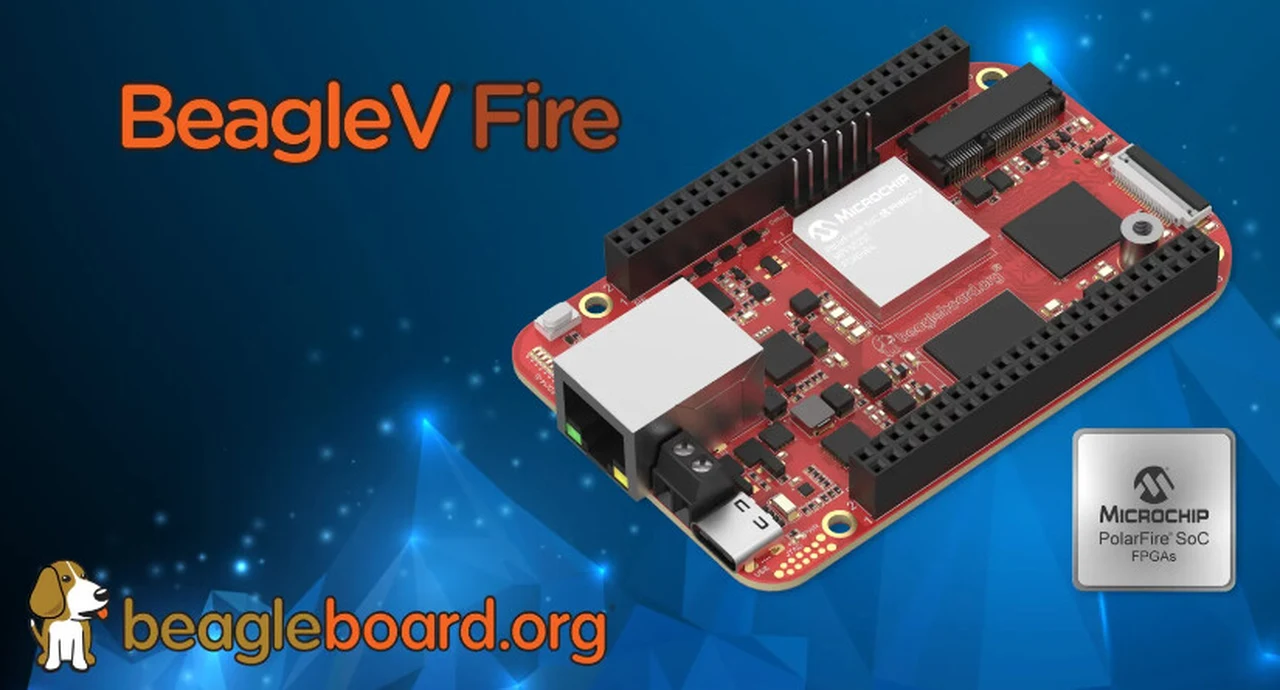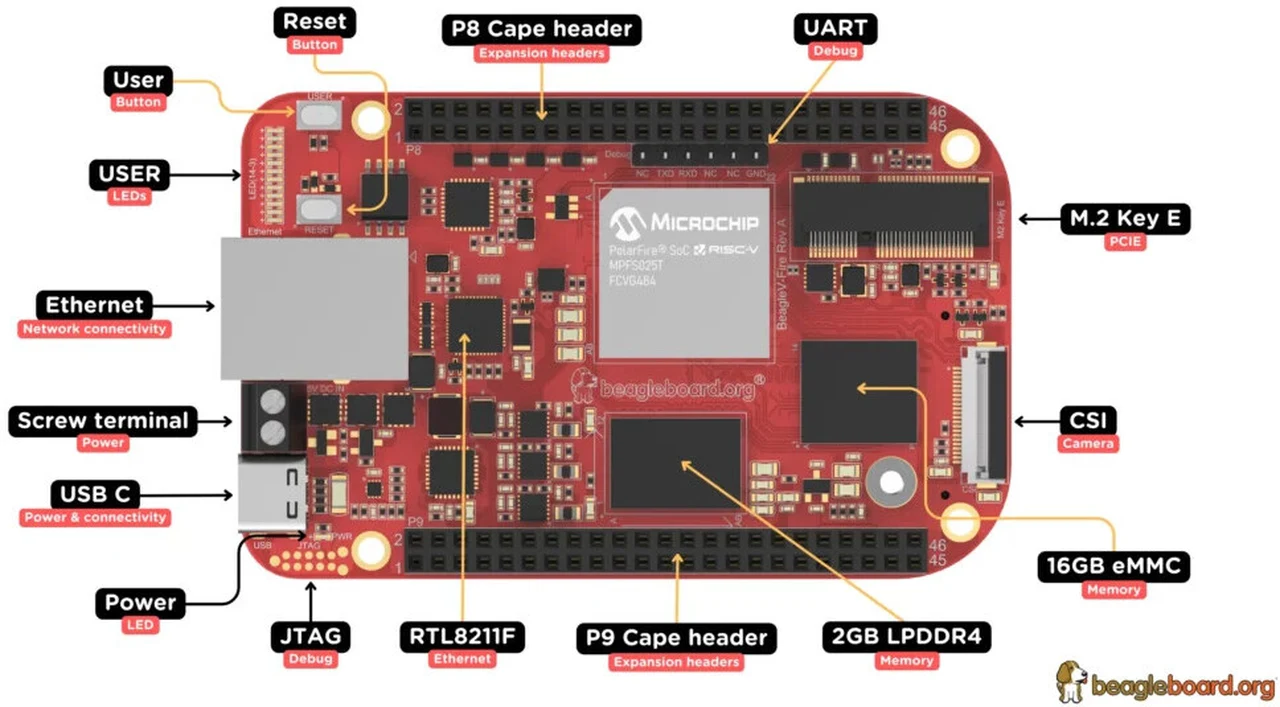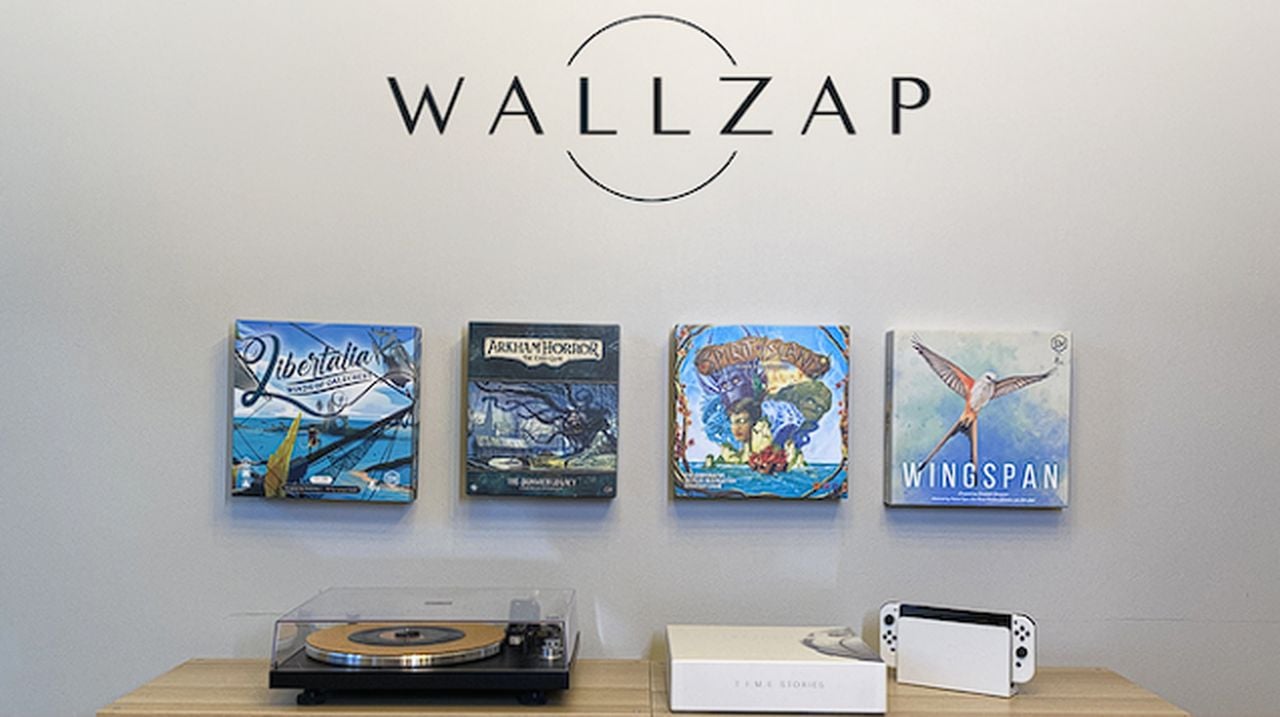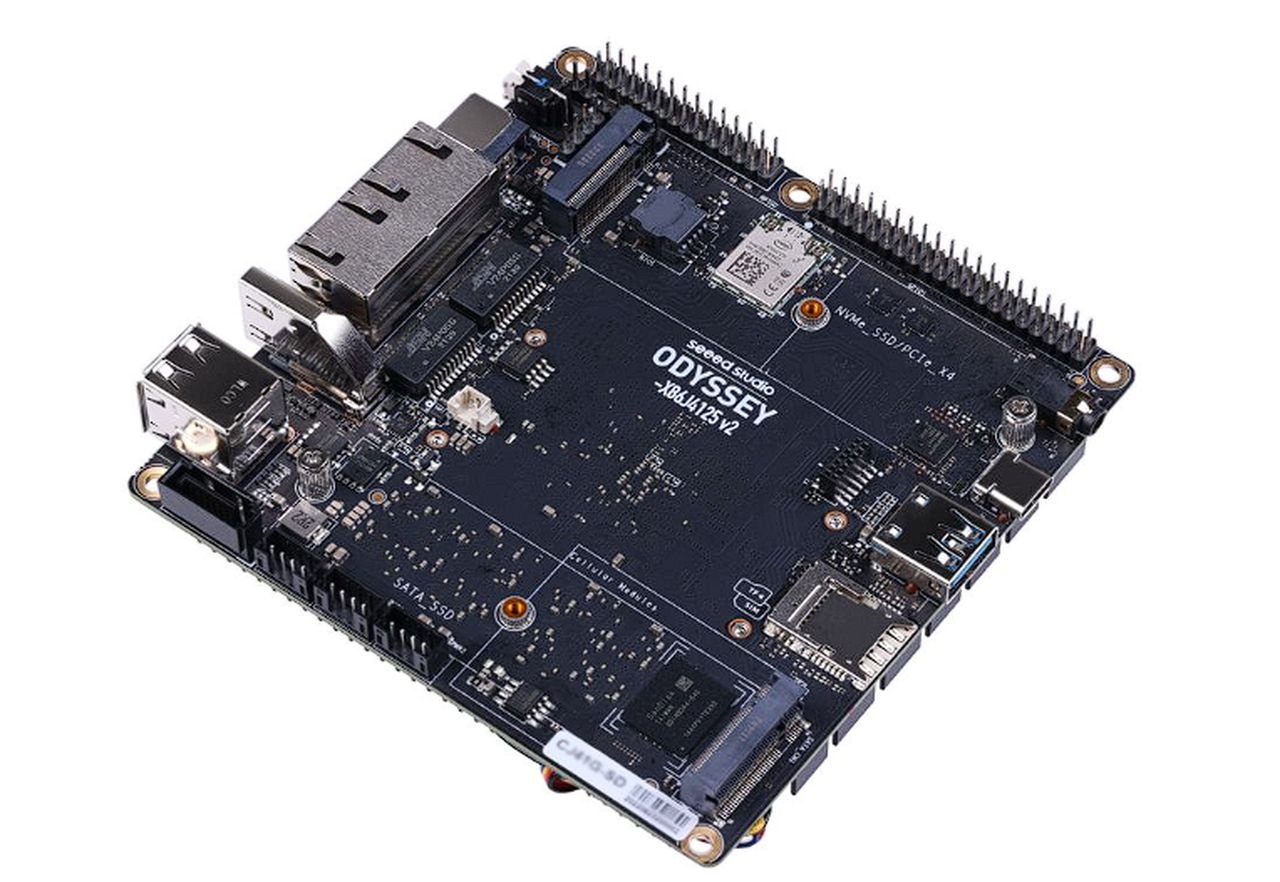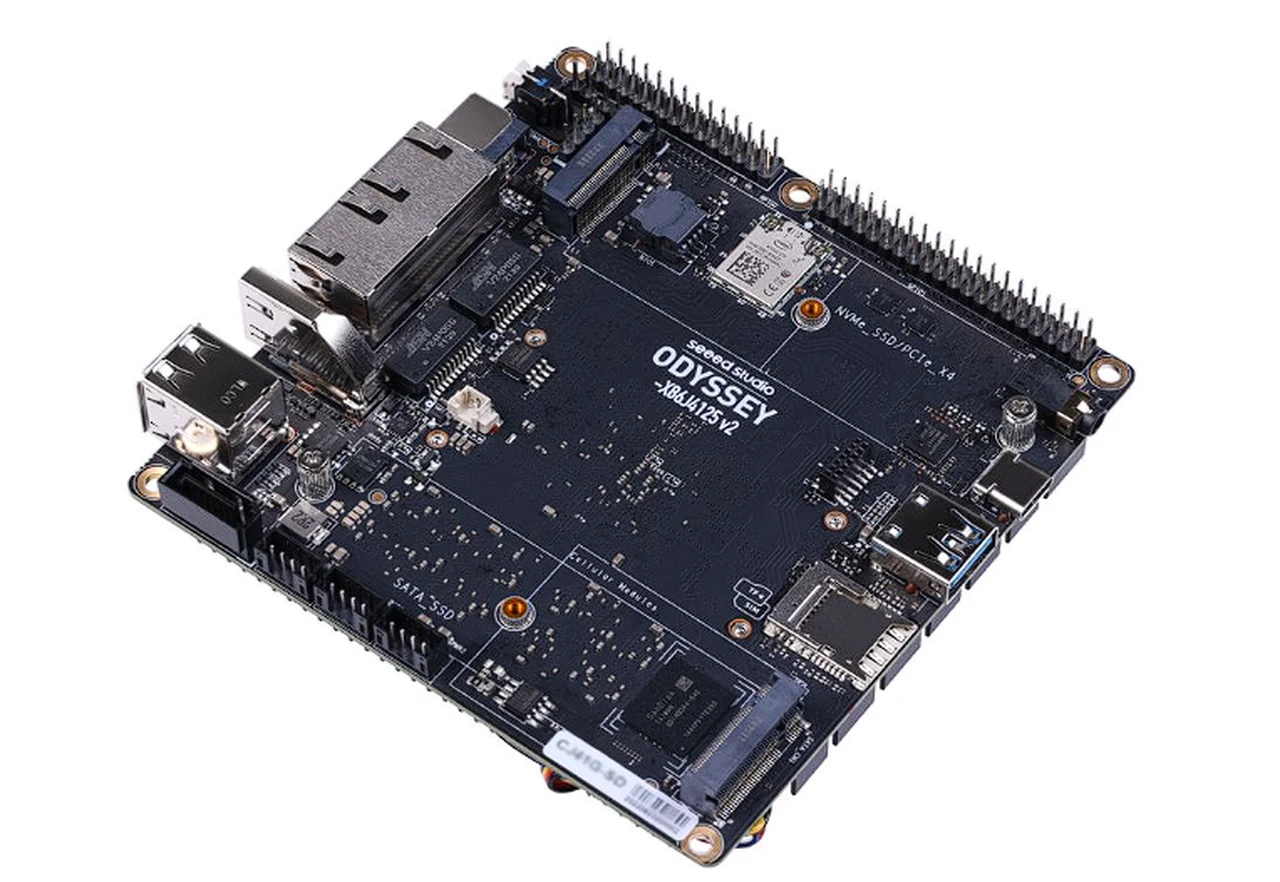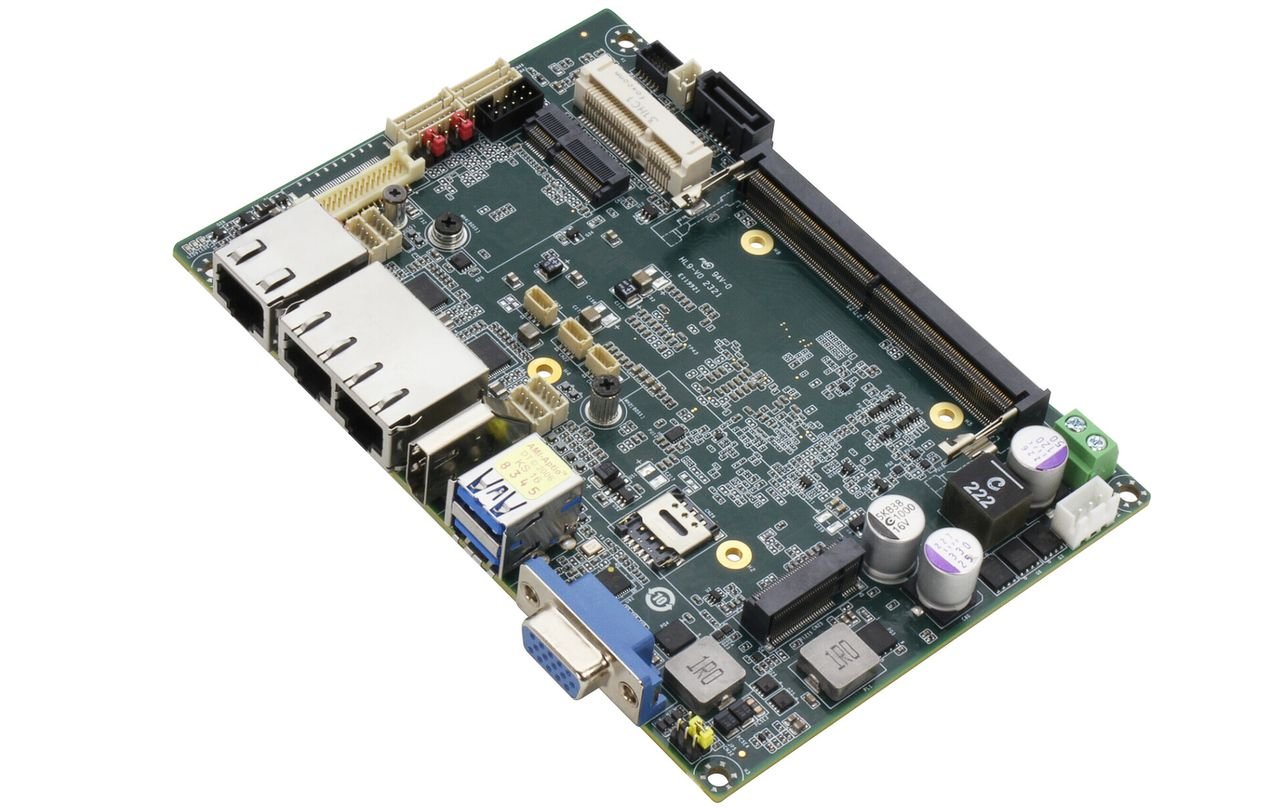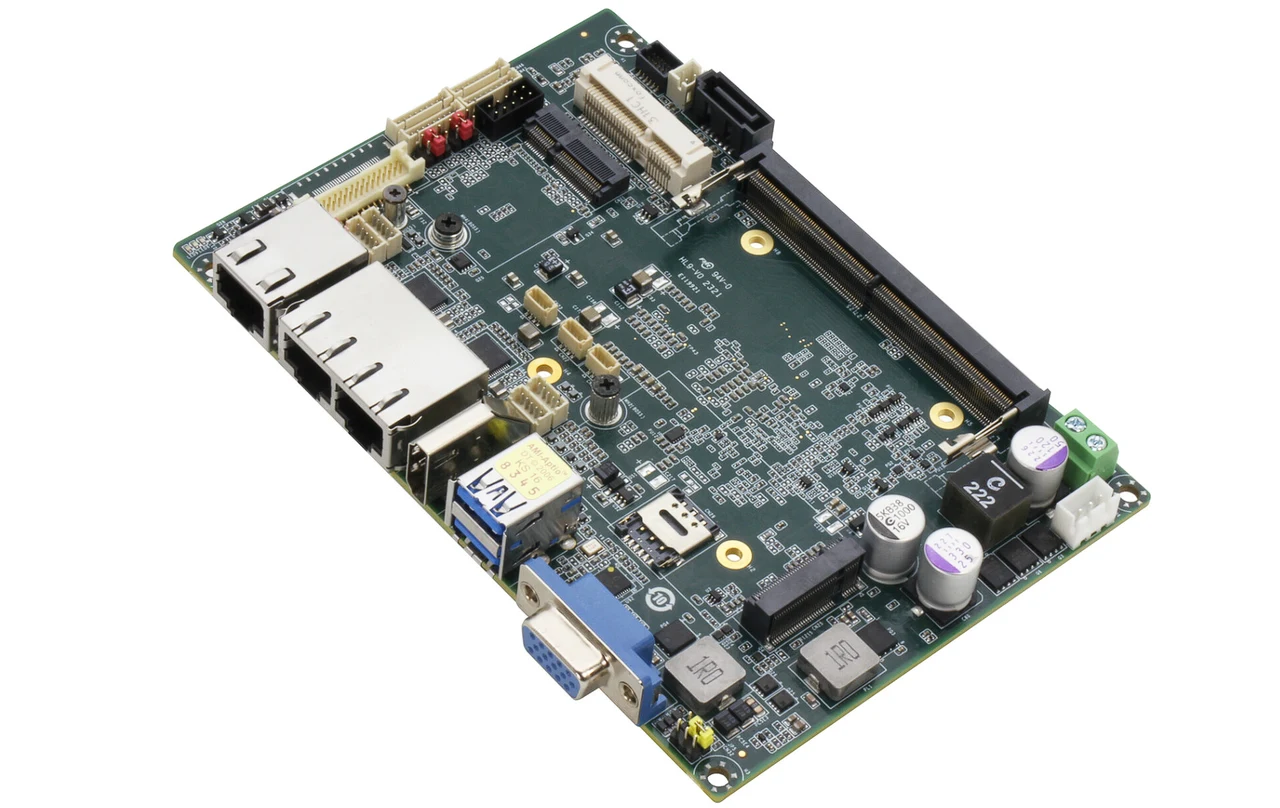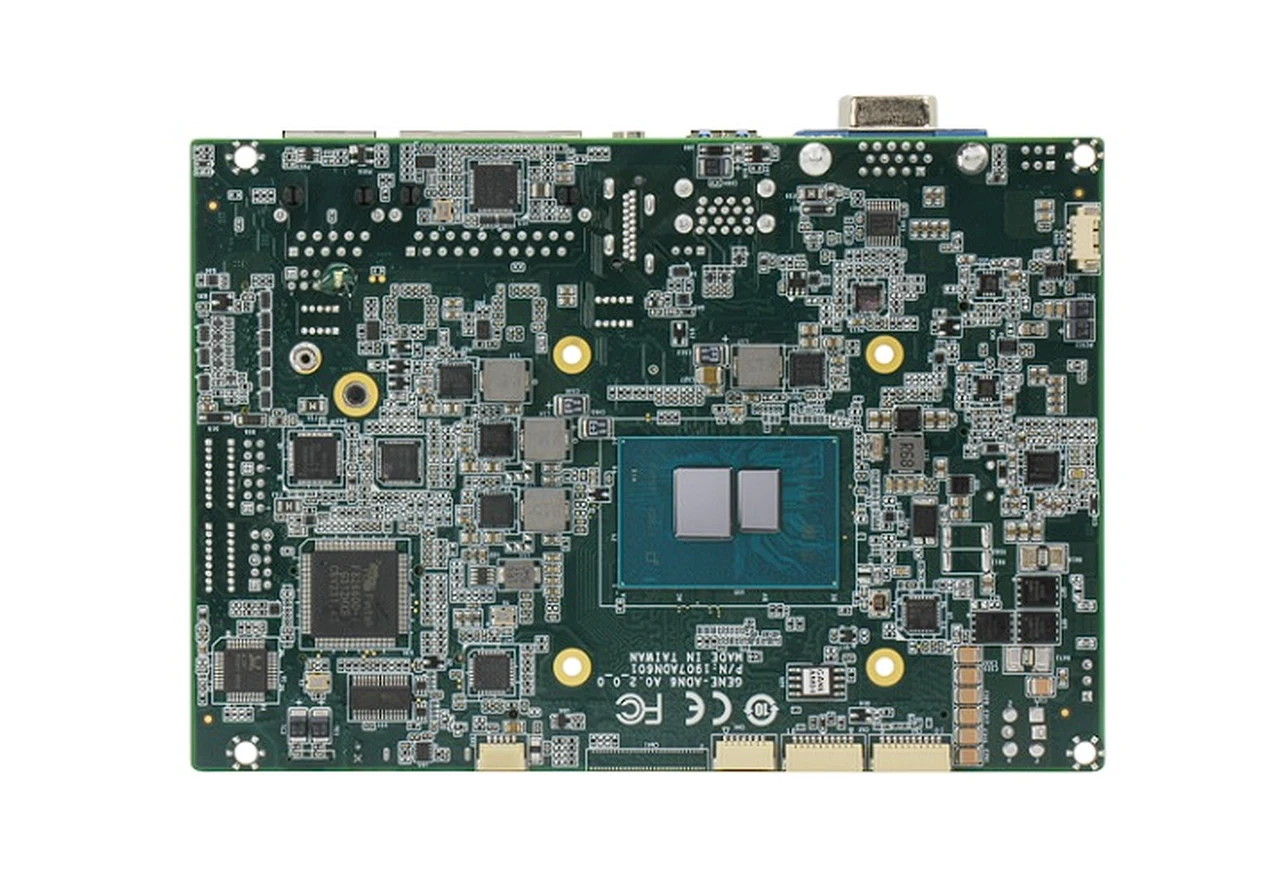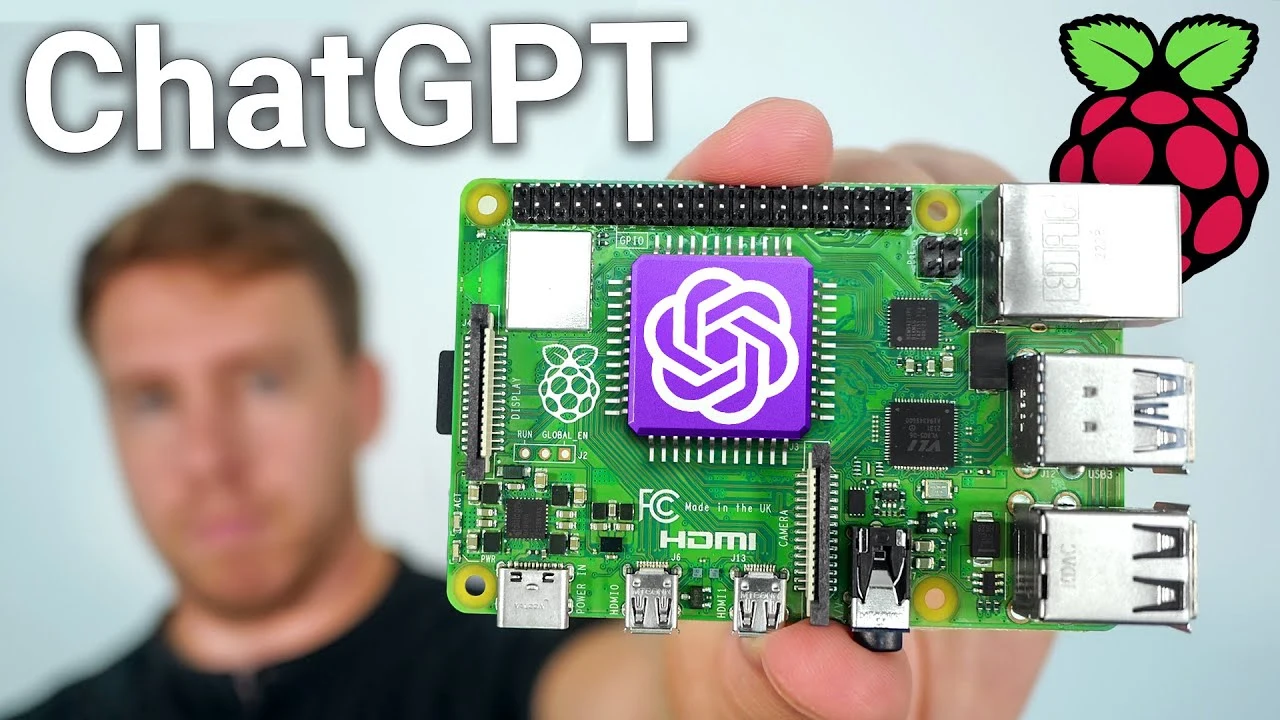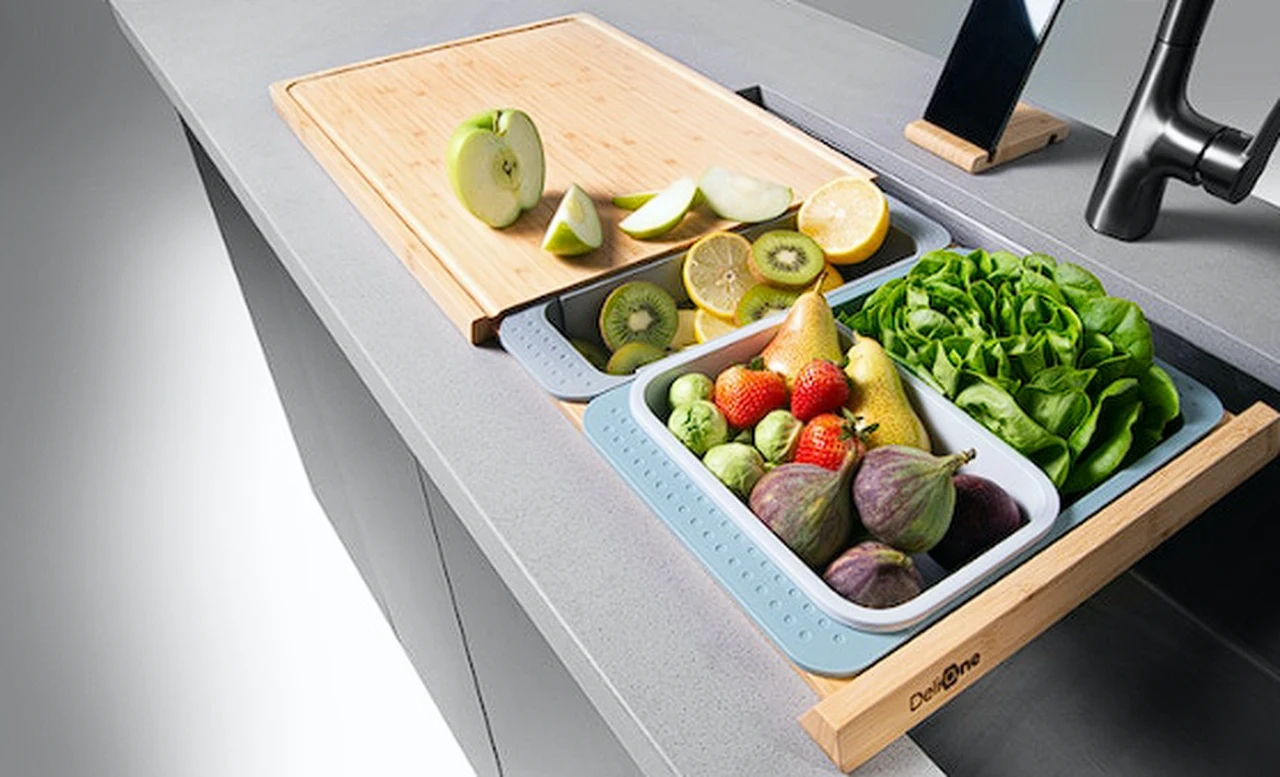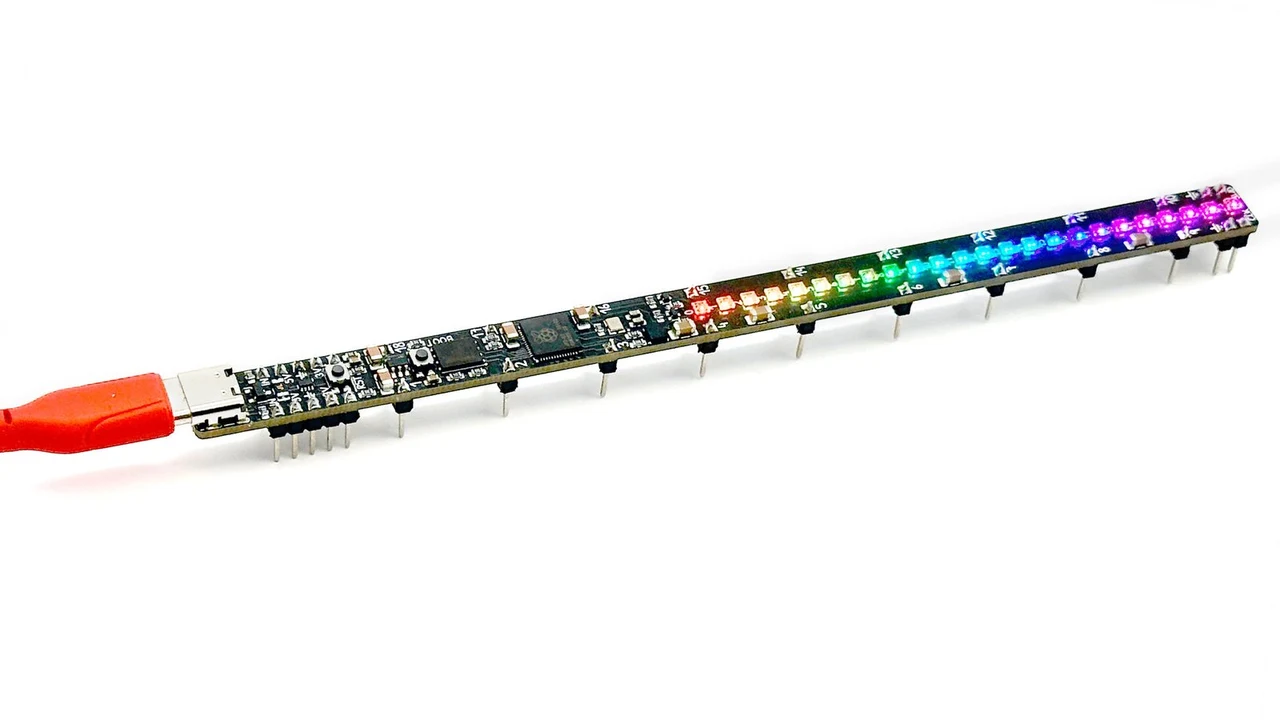
The Raspberry Breadstick is a unique development board designed to simplify the process of electronic prototyping. Its unique form factor, which is specifically designed to make prototyping more straightforward and organized. Offers users a versatile platform that caters to both beginners and experienced hobbyists, providing a wide range of features. One of the standout features of the Raspberry Breadstick is its elimination of long jumper wires. By strategically spreading its I/O pins along the length of the breadboard, the board reduces the need for these wires, resulting in a clean, clutter-free workspace.
This unique design not only simplifies the prototyping process but also ensures efficient use of every available pin. The board’s efficient pin spacing keeps the component layout organized, making it easier for users to manage their projects. The Raspberry Breadstick is also notable for its programming support. It is compatible with CircuitPython and MicroPython, offering users a hassle-free coding experience. These programming languages are known for their simplicity and ease of use, making them ideal for beginners. Additionally, the board also supports the Arduino programming language, broadening its appeal to a more extensive range of users.
The Raspberry Breadstick comes with an impressive array of built-in features. It includes 24 RGB LEDs, which can be used for a variety of purposes, including creating visually appealing projects. The board also features a 6-axis IMU for rotation and accelerometer data, providing users with the capability to incorporate motion sensing into their projects. There’s also a POV wand for visual effects, further enhancing the board’s versatility.
Powering the Raspberry Breadstick is a RP2040 Microcontroller. This powerful chip boasts a dual ARM Cortex-M0+ @ 133 MHz Clock, 264 kB on-chip SRAM, and 16 MB Flash. It also has native USB support, 4 x 12-bit ADCs, 18 x GPIO Pins rated for 3.3 V, and hardware Serial, I2C, and SPI support. The board also supports One-Wire and MIDI via CircuitPython’s libraries.
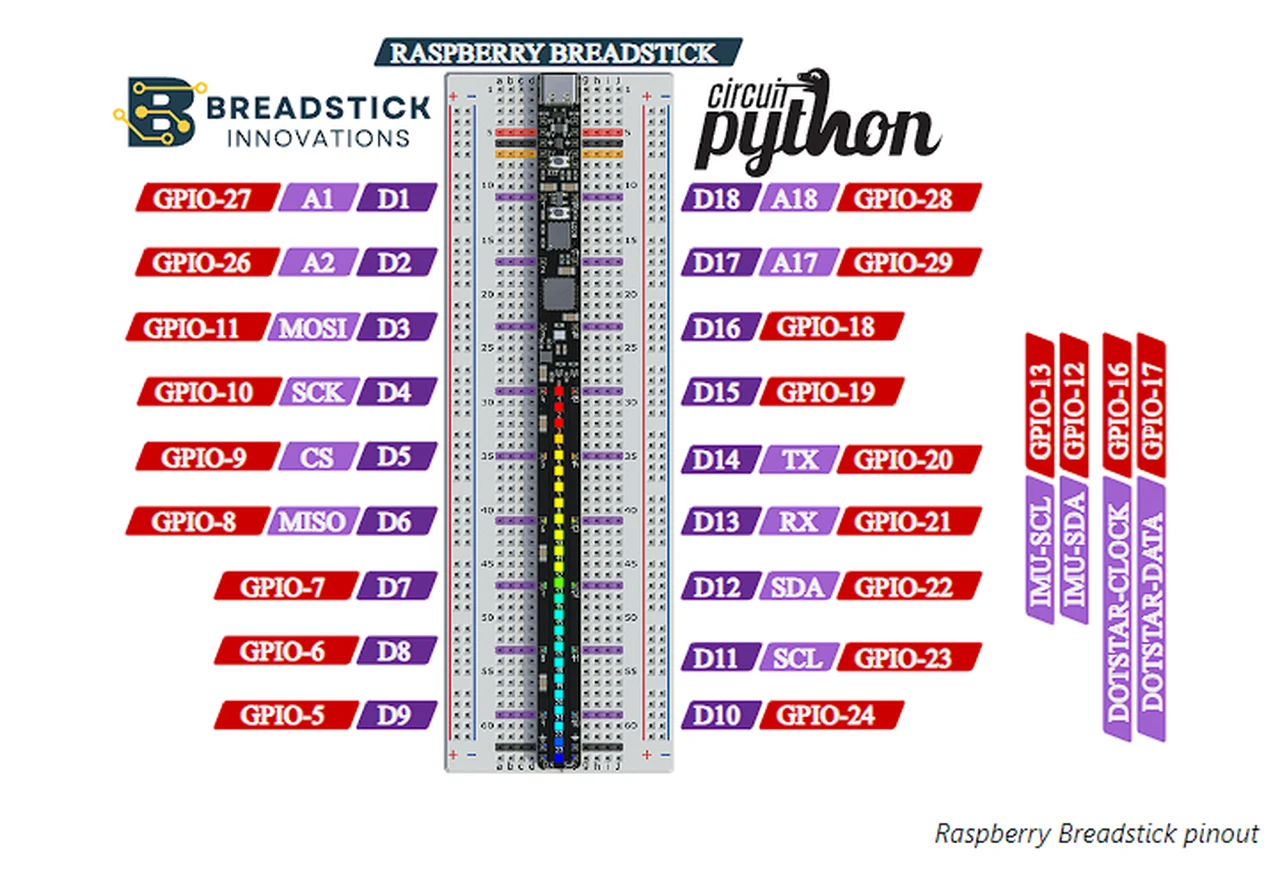
Here are some other articles you may find of interest on the subject of Raspberry Pi
The board features a LSM6DSMTR 6-Axis IMU with an accelerometer and gyroscope. It also has 24 SK9822 addressable LEDs that are DotStar compatible. Powering the board is a USB-C with Power Delivery that can request up to 3 A at 5 V from USB-PD devices.
Despite its multitude of features, the Raspberry Breadstick maintains a compact layout. The board measures just 0.4″ x 6.45″ x 0.2″ without headers, making it ideal for projects where space is at a premium.
The Raspberry Breadstick development board is an innovative tool that simplifies the process of electronic prototyping. Its unique design, broad programming support, and impressive array of features make it a versatile platform suitable for both beginners and experienced hobbyists. Whether you’re interested in learning about electronics or looking to bring your creative ideas to life, the Raspberry Breadstick is a tool worth considering.
The Raspberry Breadstick is now available to purchase from the Crowd Supply website priced at $55 with shipping expected to take place shortly after funding is completed towards the end of January 2024
Raspberry Breadstick specifications
- Powerful RP2040 Microcontroller
- Dual ARM Cortex-M0+ @ 133 MHz Clock
- No EEPROM
- 264 kB on-chip SRAM
- 16 MB Flash (External IC)
- I/O support
- Native USB support
- Read-Only Boot ROM initializes device as USB drive, eliminating need for external programming hardware
- 4 x 12-bit ADCs
- 18 x GPIO Pins rated for 3.3 V
- Hardware Serial, I2C, and SPI support
- One-Wire support via CircuitPython’s adafruit_onewire library
- MIDI support via CircuitPython’s usb_midi library
- 6-Axis IMU
- LSM6DSMTR
- Accelerometer: X, Y, Z
- Gyroscope: Roll, Pitch, Yaw
- Onboard RGB LEDs
- 24 SK9822 addressable LEDs
- DotStar Compatible with Separate Data & Clock Pins
- Powered by 5 V rail
- USB-C with Power Delivery
- Can request up to 3 A at 5 V from USB-PD devices e.g. computers, wall-adapters, portable power banks
- There is a 3A PTC fuse on board for overcurrent protection
- The voltage is regulated down to 3.3 V (600 mA) for the microcontroller and user devices
- Compact Layout
- Measures 0.4″ x 6.45″ x 0.2″ (10 mm x 164 mm x 5 mm) without headers
- Lean format leaves 4 breadboard holes clearance on either side of the breadstick
Filed Under: Gadgets News, Top News
Latest timeswonderful Deals
Disclosure: Some of our articles include affiliate links. If you buy something through one of these links, timeswonderful may earn an affiliate commission. Learn about our Disclosure Policy.

